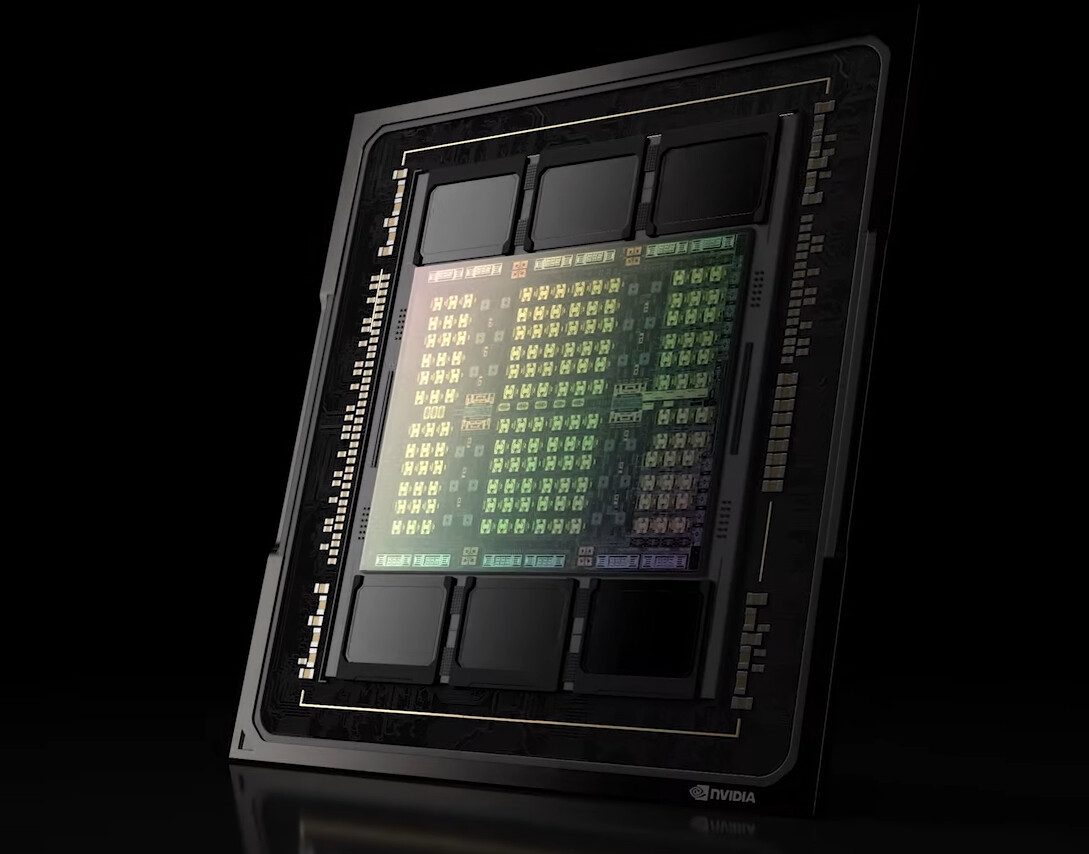Soldato
- Joined
- 21 Jan 2010
- Posts
- 3,864
Its a big issue with gaming in general now - I was looking at buying D4,but I looked at the pricing at walked away. Nearly £100 for the full version,plus paid battlepass,microtransactions,etc.
I rarely buy a game at release, having been burned a few times.
I'll get Starfield, which has reasonable min specs, but doubt I'll ever have that "OMG I must upgrade so I can play Bioshock" feeling again if pricing is like this.
If it costs the same as a monthly mortgage payment, it's just not on.



 ) they're educated estimates...
) they're educated estimates...



